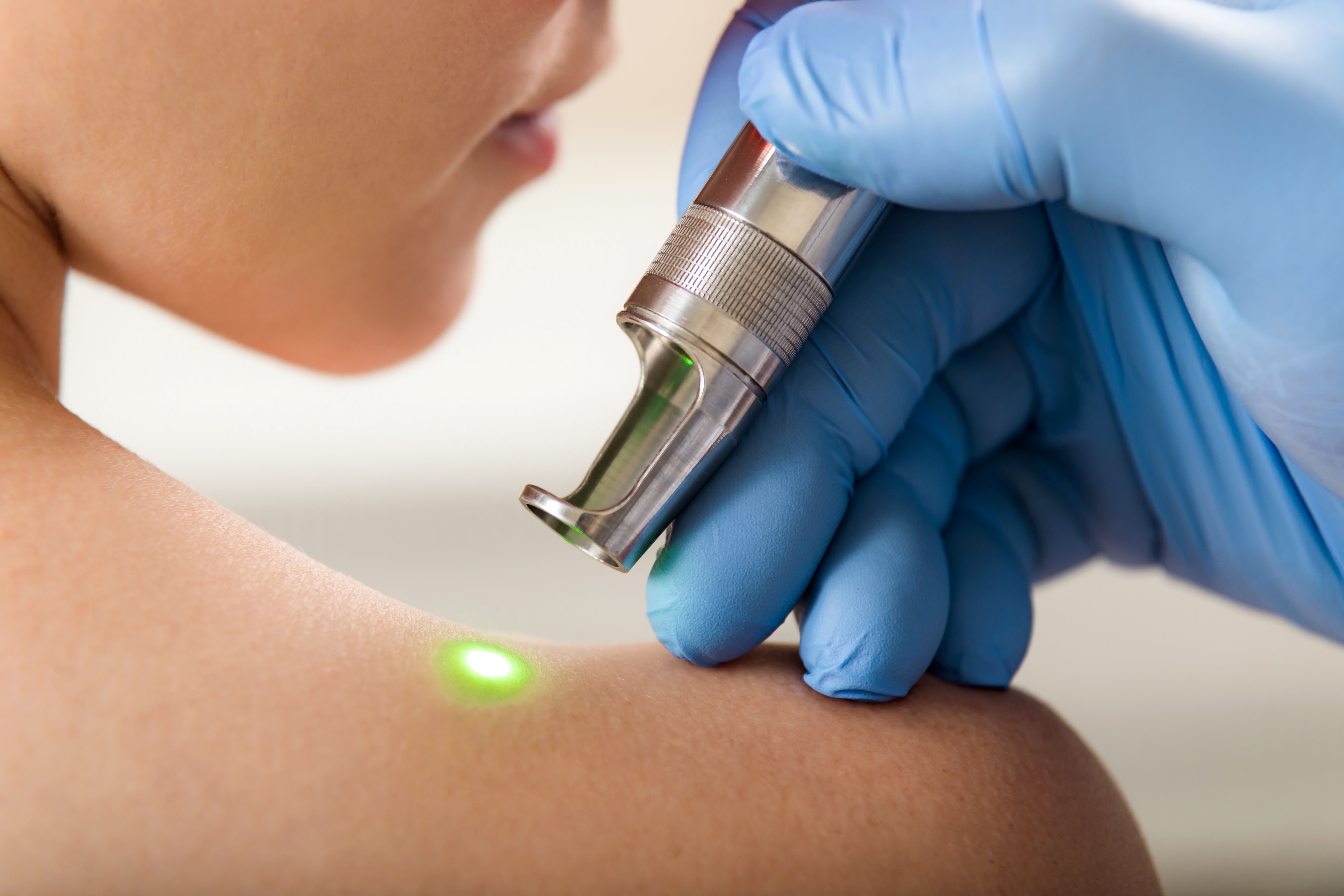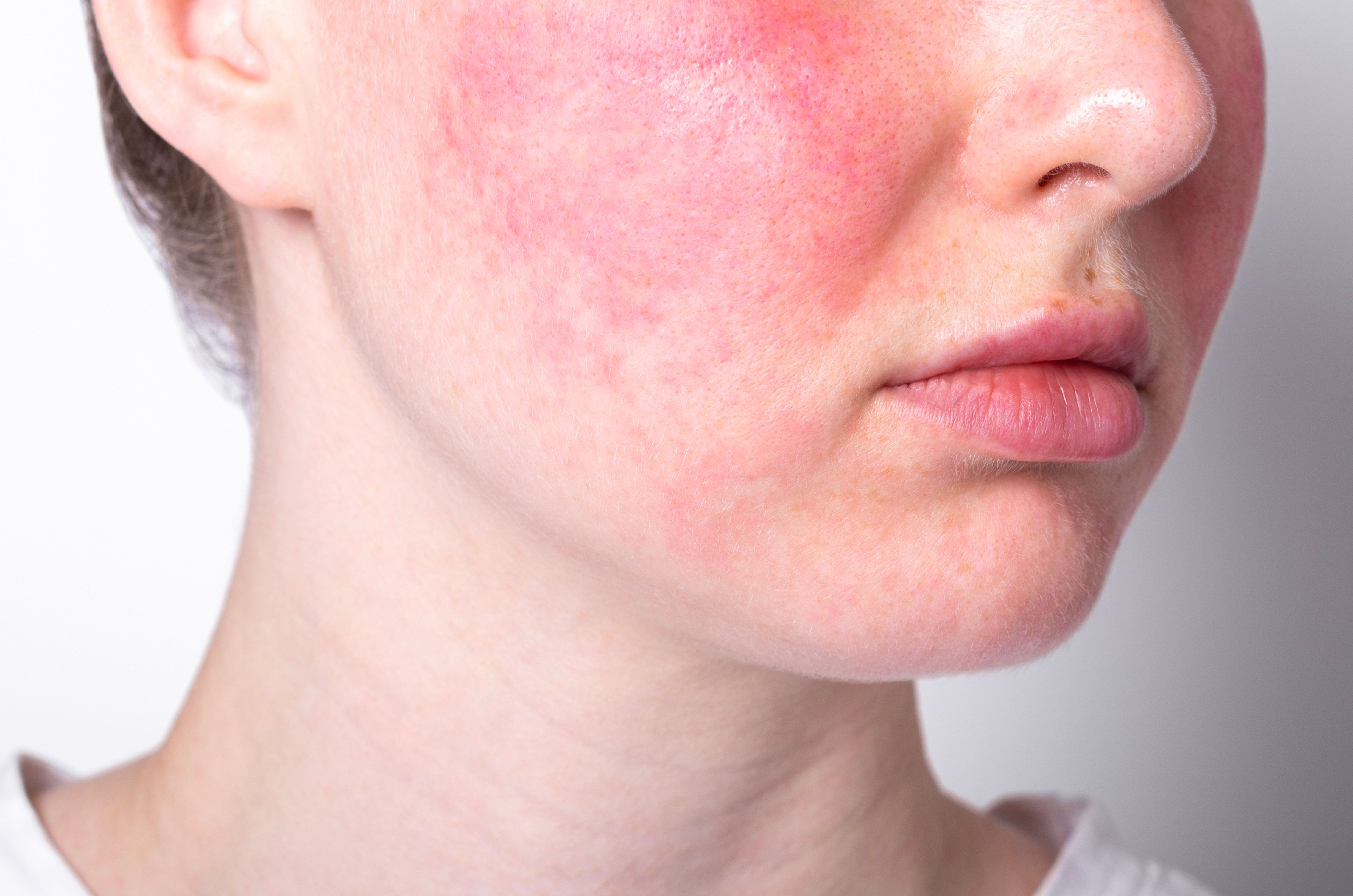- Acne
- Actinic Keratosis
- Aesthetics
- Alopecia
- Atopic Dermatitis
- Buy-and-Bill
- COVID-19
- Case-Based Roundtable
- Chronic Hand Eczema
- Drug Watch
- Eczema
- General Dermatology
- Hidradenitis Suppurativa
- Melasma
- NP and PA
- Pediatric Dermatology
- Pigmentary Disorders
- Practice Management
- Precision Medicine and Biologics
- Prurigo Nodularis
- Psoriasis
- Psoriatic Arthritis
- Rare Disease
- Rosacea
- Skin Cancer
- Vitiligo
- Wound Care
Article
Researchers find 'mole mapping' works well in self-exams for melanoma
Providence, R.I. -- A Brown University Medical School study says that "mole mapping" can prove valuable in helping people spot melanoma.
Providence, R.I. - A Brown University Medical School study says that “mole mapping” can prove valuable in helping people spot melanoma.
In their study, the researchers found that people who “mapped” their moles on a drawing of the torso were better able to catch new growths than their peers who relied only on visual memory. The study notes that while the best way to detect melanoma is through regular, thorough self-exams of the skin, most people do not do this.
In an effort to help people carry out these self-examinations, the researchers came up with the idea of “mole mapping” - that is, giving patients a simple drawing of the body on which they can mark the location of existing moles, then catch any new growths when they occur.
In their study, reported recently in the Journal of the American Academy of Dermatology, the researchers gave 88 men and women instructions on how to do a skin self-exam, then asked them all to perform one before a follow-up visit two weeks later. Half of the participants received a diagram of the back to help them document their moles. The rest served as a comparison group.
When they returned for their follow-ups, participants were shown digital photos of their backs that had been taken at their initial visit. They were told that some pictures had been manipulated and some had not - and that they were to identify what, if any, changes had occurred in each photo.
According to the study, 52 percent of the diagram group correctly assessed their photos, compared with 33 percent of the comparison group. In instances where a skin growth had been added to the photo, 60 percent of the diagram group caught it, while just 33 percent of the comparison group was accurate.
Newsletter
Like what you’re reading? Subscribe to Dermatology Times for weekly updates on therapies, innovations, and real-world practice tips.















